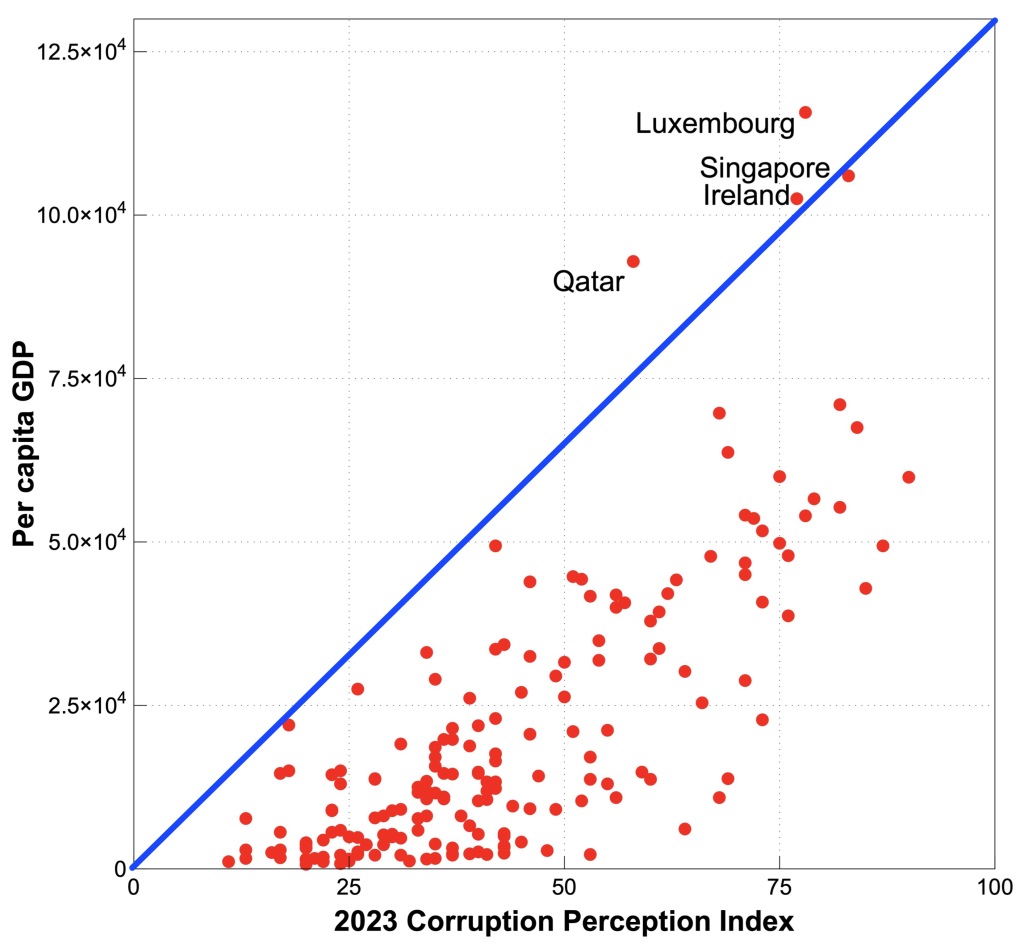This country is never going to move forward unless we end Republican rule in the House and Senate. ~ Bernie Sanders
In this series, I am presenting scenarios that represent possible Futures. In the last post of this series – the Triumph of the Trads – I laid out a “high resilience” scenario. This scenario was based on a resurgence of more traditional American values, and the muting of “woke-ness.” This post is thus the inverse of the previous ones.
In this scenario, President Biden and Vice President Harris are re-elected in 2024. Shortly after the election, a highly embarrassing on-screen moment leads the Cabinet to invoke the 25th Amendment. President Biden then resigns, admitting that his downward spiral is irreversible; within months he dies.
Harris becomes President at a difficult time. While the Democrats have won the White House and the House of Representatives, the Republicans have won the Senate, making it difficult to ram through legislation. The Russian-Ukraine war is dragging on. China has stepped up its provocations against Taiwan. While Hamas has been destroyed, Iran has found other ways to ratchet up its proxy war against Israel. And the border crisis rolls on.
The Sestercentennial celebrations in 2026 are marred by protests (many violent) and a variety of demands that all have some form of “social justice” in common. More disturbingly, in 2027, the BRIC counties band together to knock the US dollar off its perch as the global reserve currency. As a result, the cost of imports skyrockets, resulting in stagflation – high inflation and a jump in unemployment – in 2029.
The President counters all of this by
- Colluding with the media to hide or obfuscate all of the potential bad news;
- By Executive Order, directing federal departments to establish Offices of Information Management to “counter the flow of mis- or disinformation;”
- Setting up a new office in the Department of Justice to aggressively pursue those who “knowingly spread mis- or disinformation.”
As a result, American free speech becomes something like that in Scotland under its Hate Crime Act. You can say anything you want, but it is likely that you’ll be prosecuted if someone is offended, especially if that someone is a federal bureaucrat.
In 2028, things take a turn for the worse – in a lightning raid, China seizes Taiwan before we can even mobilize our naval forces. This is barely mentioned by the mainstream media, but it is a rude awakening for our allies. NATO effectively splinters; Ukraine falls; in spite of US opposition, Israel bombs the Iranian nuclear sites touching off a major war in the Mid-east.
The 2028 Presidential election finds Governor Newsom of California against Governor DeSantis of Florida. In October, DeSantis suddenly withdraws because his wife’s cancer recurs. This means that the Republicans are not on the ballot in several states and Newsom wins. As a result, he begins to implement what had been done in California in the rest of the country.
Ballot harvesting becomes the Law of the Land. Illegal immigrants are given the right to vote in federal elections. In the 2030 elections, the Democrats win control of both houses of Congress. In 2032, Newsom is reelected, and the Democrats win supermajorities in both the Senate and the House, realizing Bernie Sanders’ Dream. As in California, only “woke” opinions are allowed – Congress passes and Newsom signs a law that makes it illegal to say anything that offends anyone of any protected class.
After being reelected, Newsom is faced with the potential insolvency of Medicare and Social Security. He solves the former by replacing Medicare with a new National Health System. He replaces Social Security with a Universal Guaranteed Income. He pays for the latter by seizing the bank accounts of everyone worth $400,000 or more.
This scenario is perhaps the worst for communities. They are under extreme stress. Those economies that have relied on exports find that their products are no longer cost-competitive. Under this scenario, any brakes on the federal bureaucracies are effectively eliminated. The federal government effectively decides what communities can and cannot do in the face of Wild Things. Instead of a Culture of Accomplishment, communities take on a Zero Sum mentality (like the South after the Civil War) – no one can gain anything unless everyone does. The quality of life in our communities tanks!
This is the “Low Resilience” scenario. Communities have few resources, much less say in how they can be used, and a polity best characterized as cynical and full of resentment.
My personal view? Our country now stands at a crossroads looking at signposts toward the Future. One signpost points to the Triumph of the Trads: a reaffirmation of the American Dream – a government and a society that functions as if people – you, I, our kids, all of us – matter. It points to a country that provides plenty of opportunities to achieve our dreams, and in return asks only that we respect each other’s aspirations.
Another signpost is toward a land of supposed equity – the Revenge of the Woke. No one can advance unless all do. A country willing to be mired in mediocrity that not only disrespects our aspirations but actually seems to fear those who dare to Dream.
There is another road leading off from the crossroads into a dark forest that has no signpost, one that finds us muddling through without a coherent direction. In the next in this series, we’ll look at a “Muddling Through” scenario.

